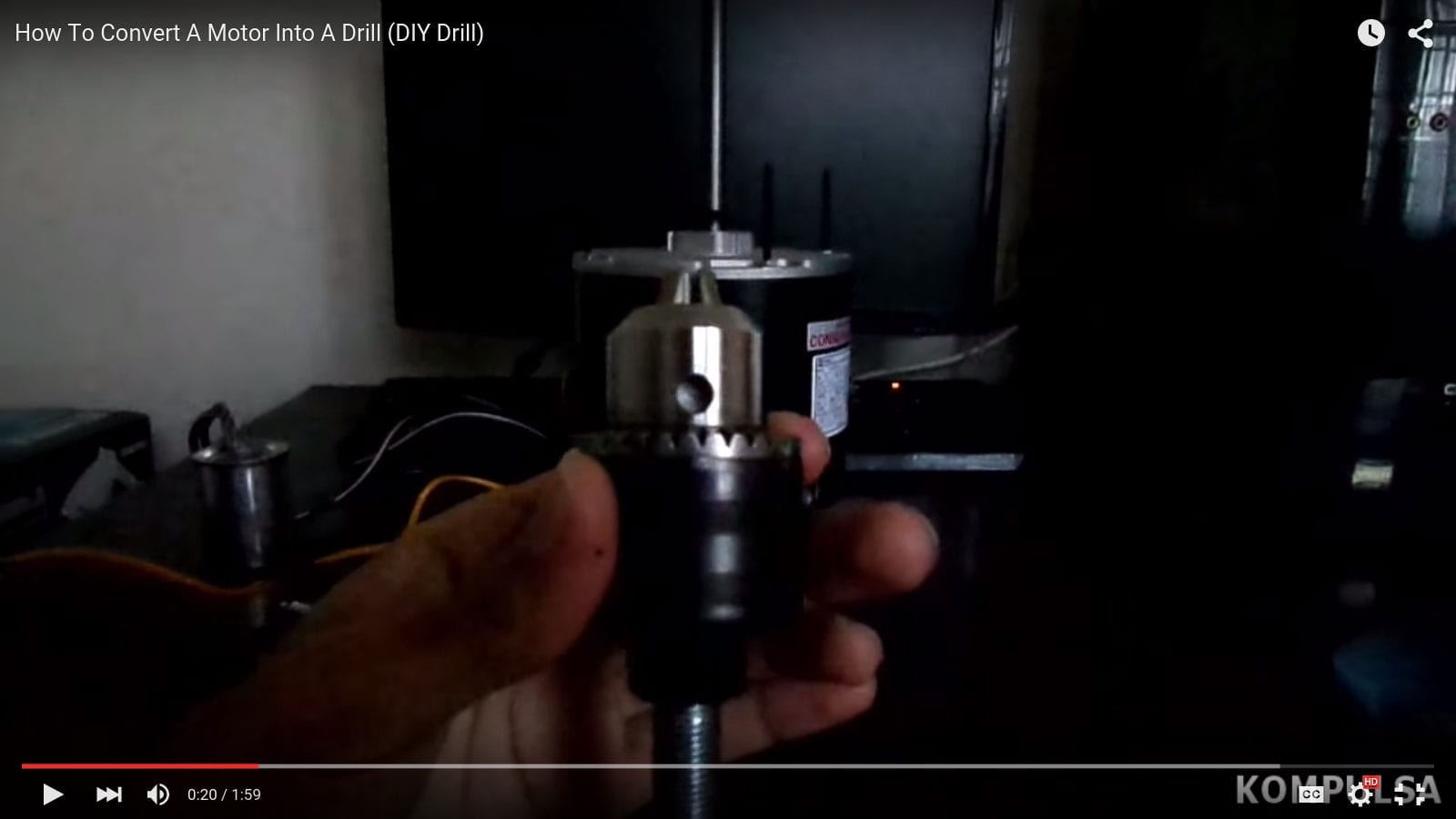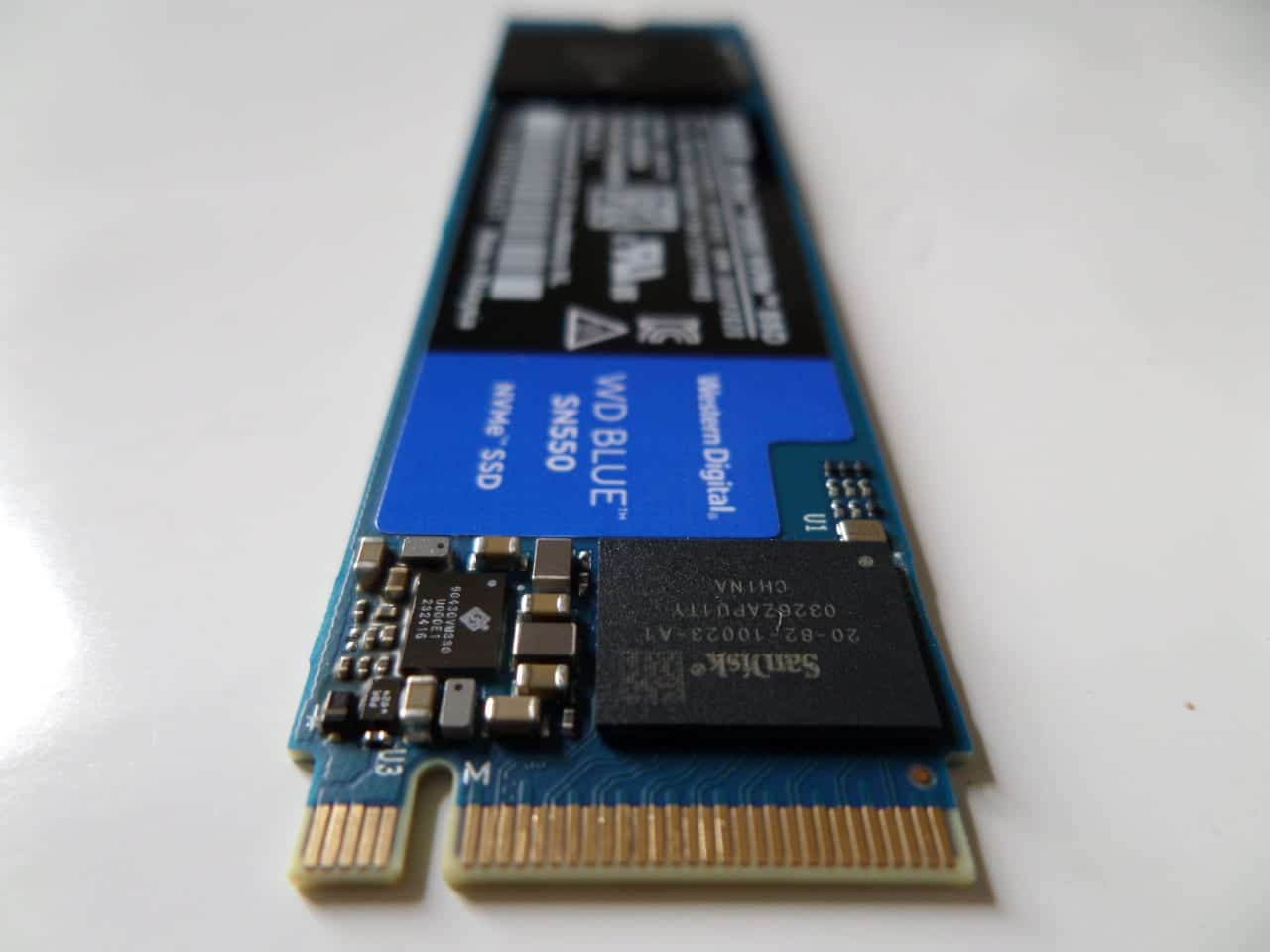There is a good chance that old air conditioner or washing machine has a working motor in it. This guide explains how to put it to use with a device called an arbor (a simple DIY drill, if you will). If you already have a suitable motor (especially if it’s 1/3 HP or more), you could have a powerful homemade drill up and running in a matter of minutes for as little as $10.
An arbor is a collar which you attach to an electric motor’s shaft. This device almost always (if not always) has a screw tread on it. If it is a 1/2″ arbor, you should be able to screw a drill chuck onto it. If you’re unsure, just buy an arbor with a drill chuck already attached to it.
If you want it to be a VSR (variable speed reversible) drill, you’ll need to purchase or construct a speed controller and a polarity reversing switch (if it’s a brushed DC motor). A speed controller can be constructed with a triac and potentiometer if you’re using an alternating current (AC) motor, or transistor + potentiometer if you’re using a direct current (DC) motor.
A triac is the AC equivalent of a transistor, and a potentiometer is a variable resistor that enables you to control the flow of currently gradually (and precisely) with the turn of a knob. Employing PWM (pulse width modulation) is an energy-efficient way to do this.
The motor used in the demonstration is a 1/3 HP, 1075 RPM, continuous duty condenser fan motor. Both AC and DC motors will work without a problem.
Criteria the motor should meet to avoid overheating (all criteria should be met, just to be safe):
- 1/4 HP or higher.
- 2,500 RPM or less.
- 1/4″ shaft or thicker (a motor with a smaller shaft will almost certainly be less than 1/4 HP).
I would avoid the use of the following motors due to a high risk of overheating:
- Food chopper motors (excessively high RPM).
- Vacuum cleaner motors (excessively high RPM).
- Blender motors (excessively high RPM).
Important Safety Considerations
Examine an average commercial drill (preferably a decent one like a DeWalt or Makita), and see how they construct it. They have squeeze triggers that shut the drill off if it slips out of your hand, and of course a handle that enables you to grip it securely.
Simply slapping an arbor onto a motor’s shaft isn’t the safest way to go, so always take the lack of a handle into consideration when using it (or attach a handle to it), and buy a squeeze trigger, or another switch that automatically shuts off when you release it.








